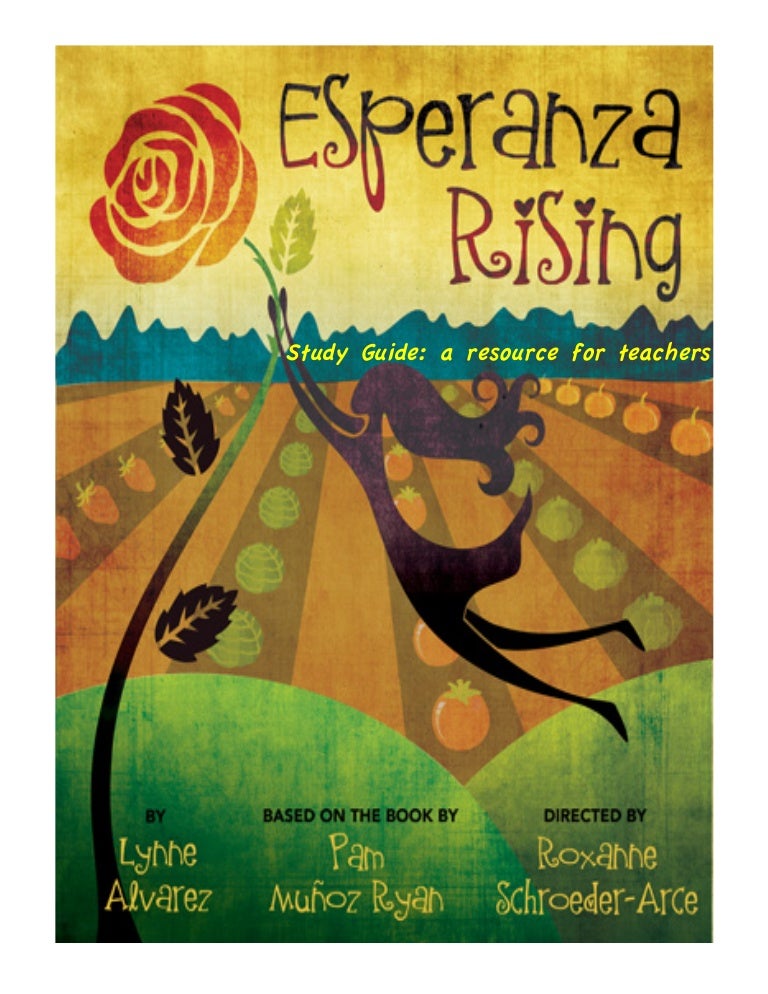



Esperanza and Miguel’s families, however, strongly believe that a strike would not be a good option.ĭivide your class into two groups and have them debate whether or not the characters should go on strike. Marta offers up some powerful reasons as to why the workers should refuse to do their jobs.

Give students the opportunity to taste them (always check for food allergies first)!Īn important topic that arises in the novel is whether Esperanza and her family should go on strike. For example, bring in plums for students to try in the Las Ciruelas chapter. When their new life is threatened, Esperanza must find a way to rise above her difficult circumstances-Mama's life, and her own, depend on it.While you are reading, bring in the different foods that portray major events in Esperanza’s life. Esperanza isn't ready for the hard labor, financial struggles, or lack of acceptance she now faces. But a sudden tragedy forces Esperanza and Mama to flee to California during the Great Depression, and to settle in a camp for Mexican farm workers. Esperanza no está preparada para el trabajo duro, las penurias económicas o la falta de aceptación que ahora sufre pero cuando su nueva vida se ve amenazada, deberá buscar la manera de sobreponerse a las dificultades: su vida y la de su madre dependen de ello.Įsperanza thought she'd always live with her family on their ranch in Mexico-she'd always have fancy dresses, a beautiful home, and servants. Pero una tragedia inesperada las obliga a ella y a su madre a escapar a California en la época de la Gran Depresión, y a asentarse en un campamento para trabajadores agrícolas mexicanos. A Mexican "Grapes of Wrath," based on a family story, from the award-winning author Pam Muñoz Ryan.Įsperanza pensaba que siempre viviría con su familia en su rancho en México, y que siempre tendía hermosos vestidos y una linda casa llena de sirvientes.


 0 kommentar(er)
0 kommentar(er)
